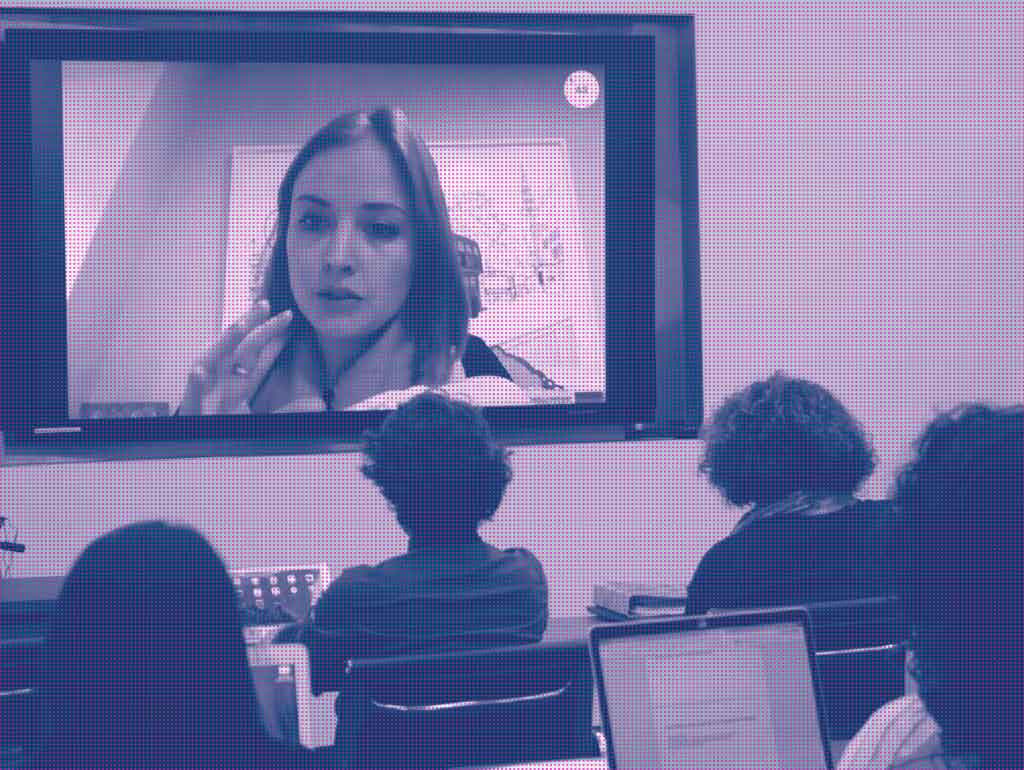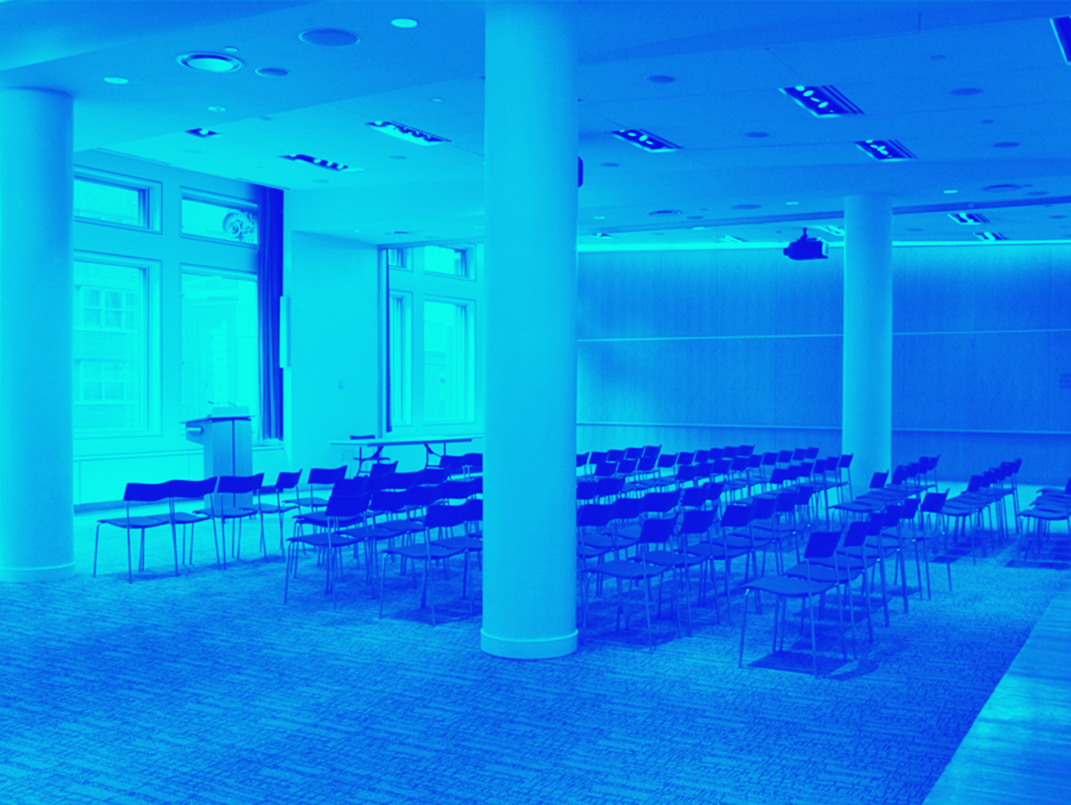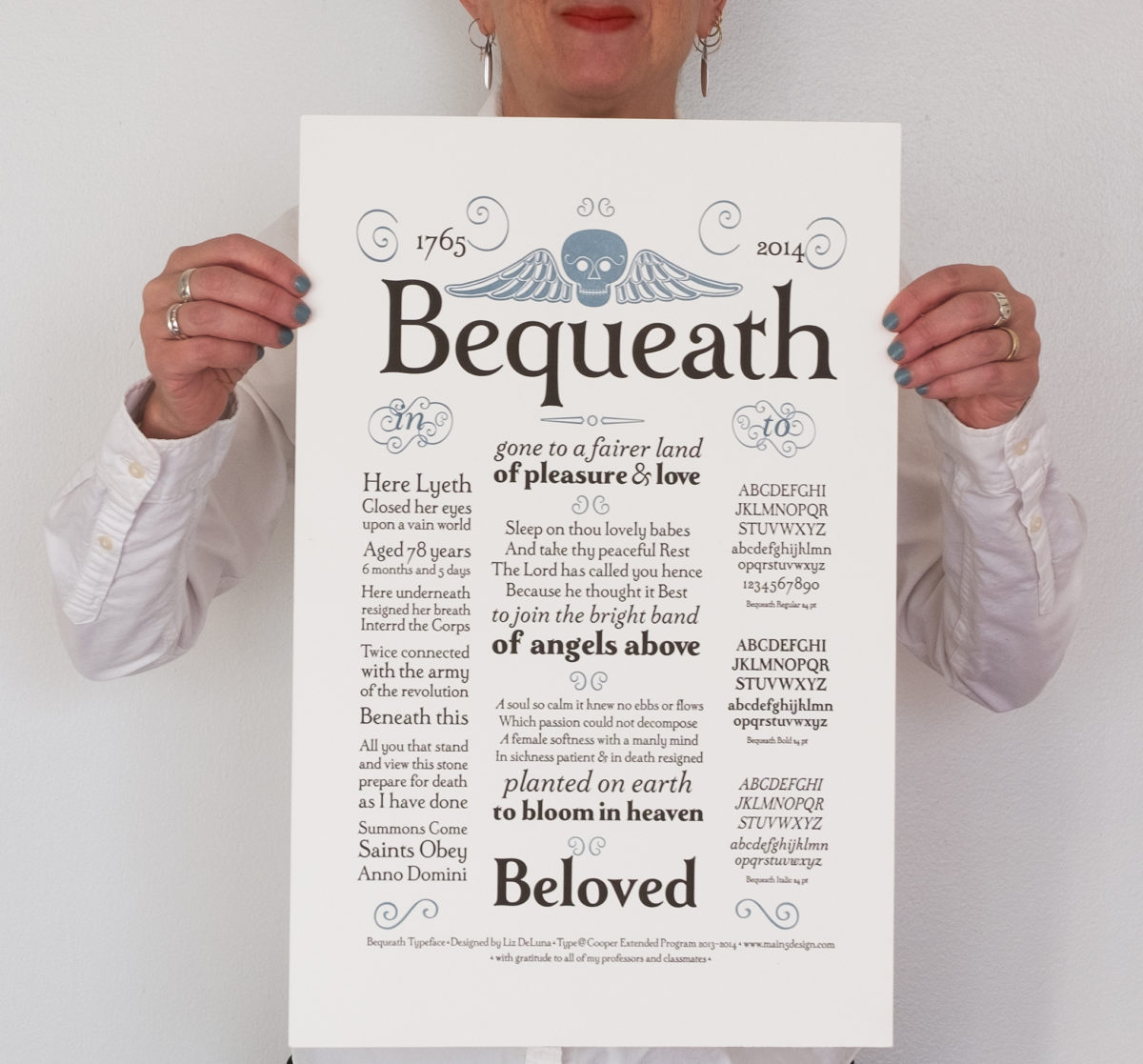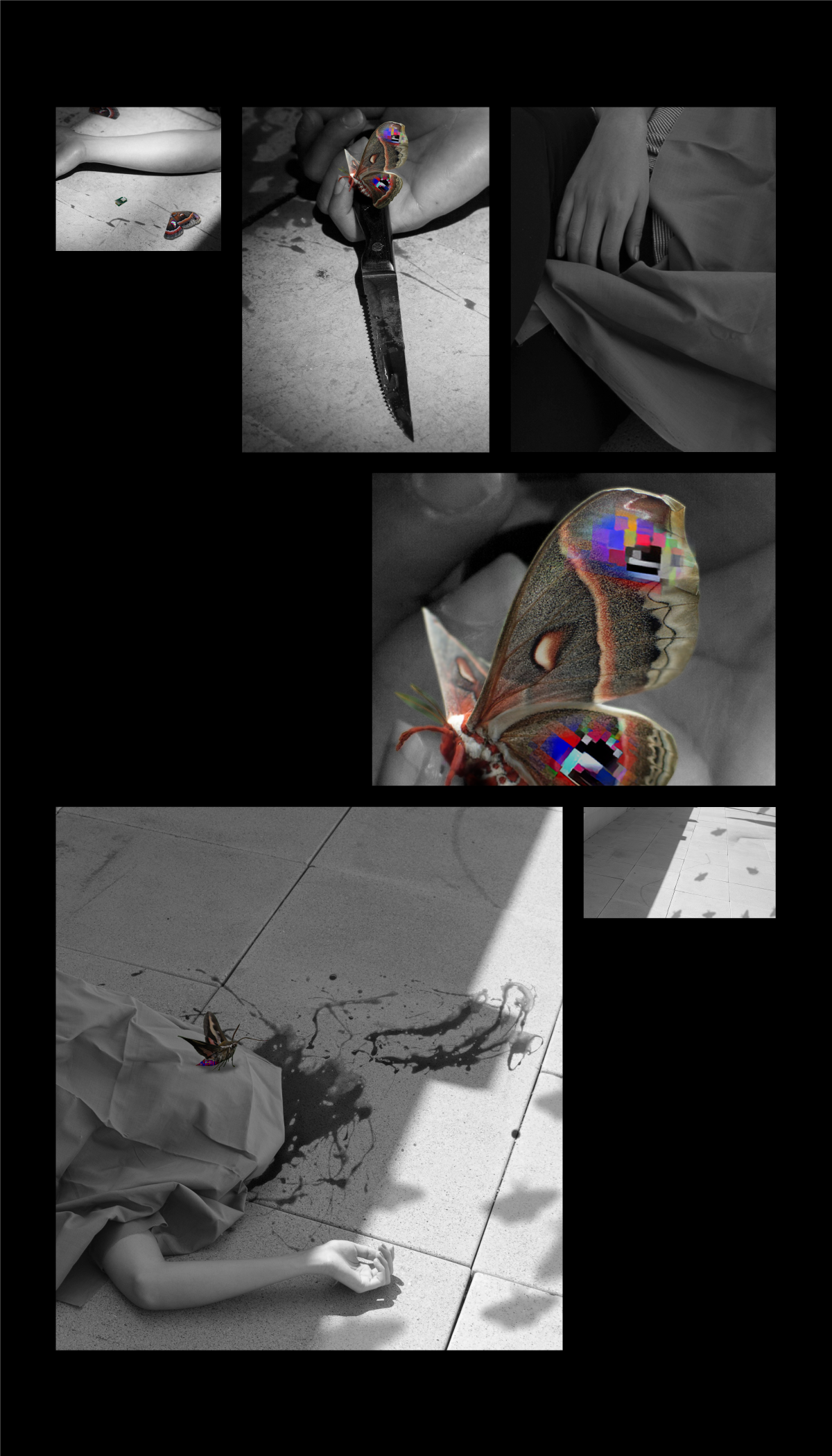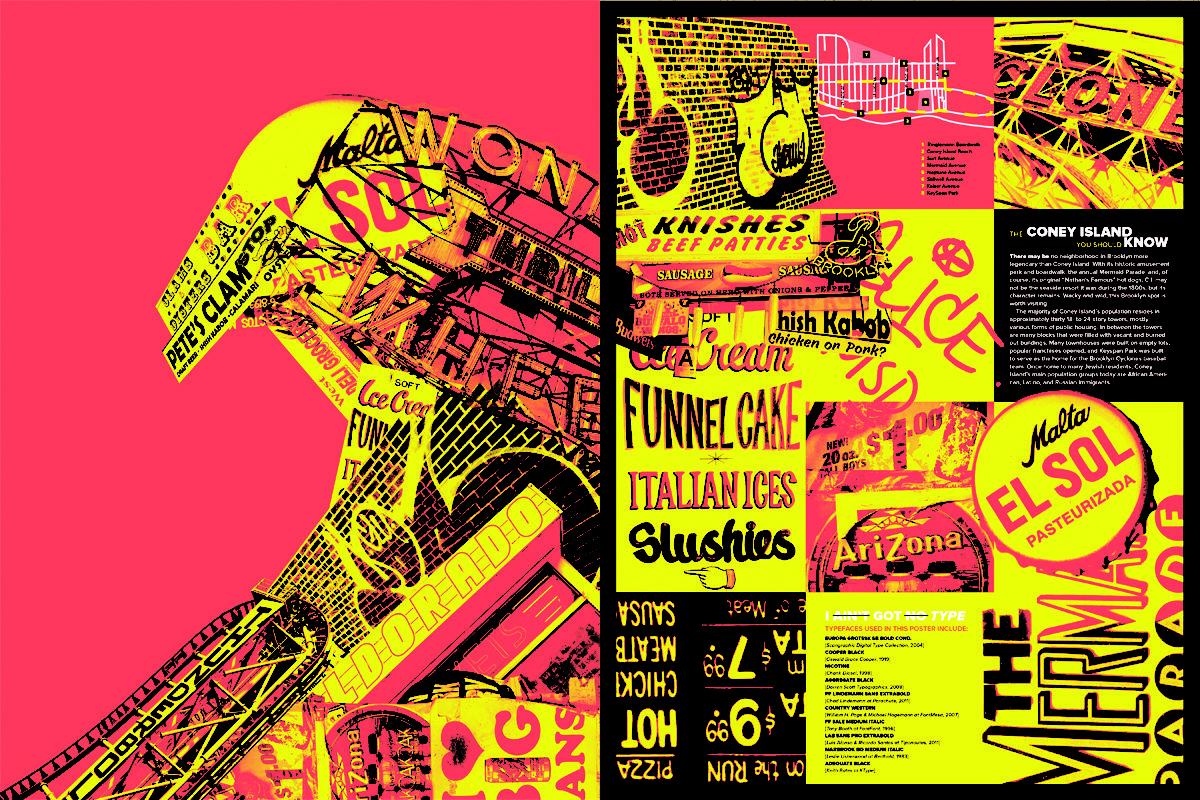Question: Is there any difference between writing a single-authored book and a co-authored book? -AB
Answer: While different publishers or series may have set rules on when they will (or won’t) accept co-authored titles, in most cases, there usually isn’t a problem from the publishers’ side on this.
Sometimes it can actually be a bonus where the book is interdisciplinary or has broad coverage where a single author couldn’t be an expert in all the content. My colleague is publishing a book on climate change in history written by a historian and a climate scientist together – it’s a massive selling point because we can say our book has holistic coverage and the science is valid.
Something to bear in mind though is how to divide the work, and do you know you can definitely successfully work together over a couple of years? In terms of how you split the work is up to you – maybe you’d each write certain chapters and swap to read/edit the other ones, or you may have certain aspects of the book you’ll research individually, then write up together. Generally, there would be a lead author, though this isn’t essential. Saying all that, going above two co-authors can get tricky, so over this number, you’ll need to really consider if multi-authored is the right approach – an edited collection may then make more sense (a different author writing each chapter, with overall editors who commission individual chapters). Another consideration is that any royalties will be split between the primary authors/editors of the volume, and you will be equally responsible for the delivery of the book.
Louise Baird-Smith
Commissioning Editor – Design and Photography
Bloomsbury Visual Arts
“Ask the Editor” is a Design Incubation series, where design academics, researchers, and practitioners pose their questions to editors of books, journals, conferences and other academic and design trade publishing organizations. If you would like your questions answered by publishing professionals, send your questions to Design Incubation via the “Ask the Editor” form on our website.
